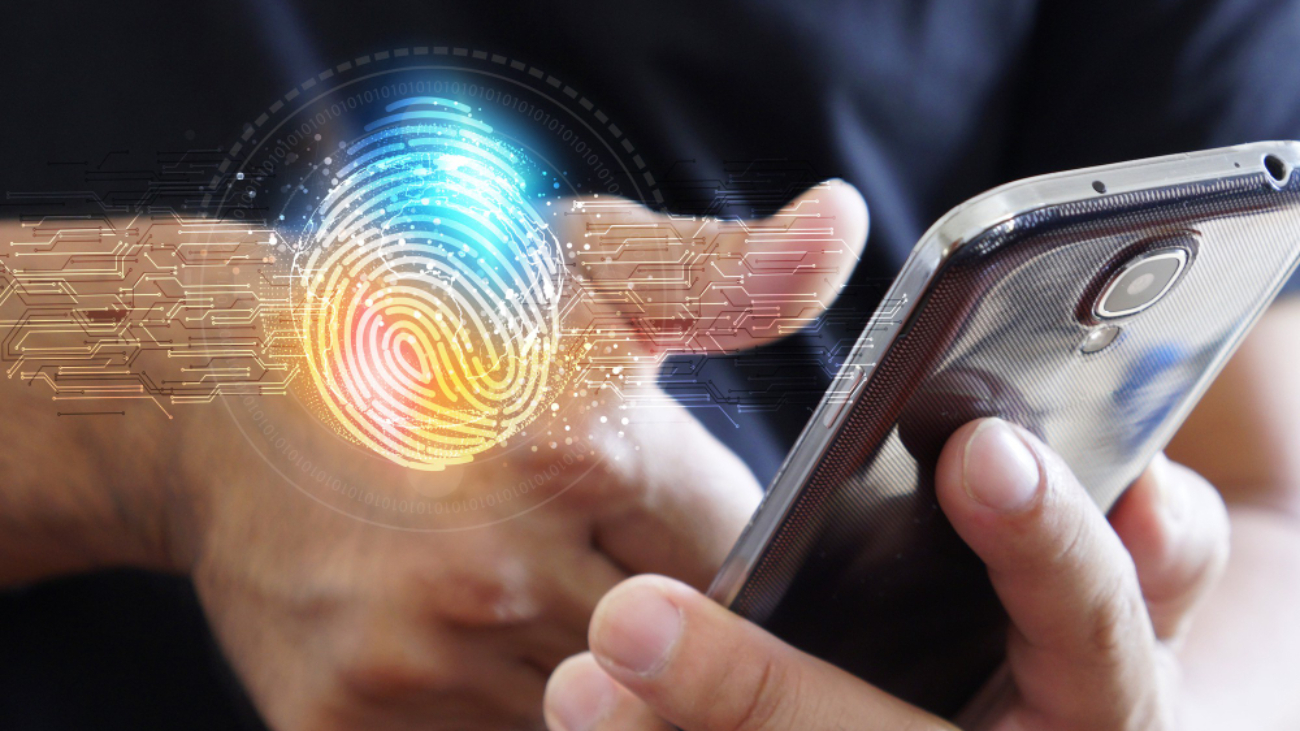Decentralized identification and blockchain technology are two revolutionary ideas that have collaborated to rethink the way we approach digital identity stated Bahaa Abdul Hadi. This is a result of the convergence of these two concepts in the realm of technical innovation. The partnership between them is not just groundbreaking.
It is also a paradigm change in the way that we develop trust, safeguard personal information, and empower individuals in the digital arena. They are like a dynamic duet in the world of technology. Let us dissect the complexities of this partnership and come to an understanding of the reasons why it is generating so much attention in the realm of digital innovation.
The Trust Foundation:
Blockchain is the foundation of cryptocurrencies such as Bitcoin. It is recognized for its capacity to build trust in an environment that is generally distrustful. Blockchain technology, when applied to the concept of decentralized identity, offers a ledger that is both tamper-resistant and transparent, allowing for the safe storage of personal information. It is comparable to having a digital identification card that cannot be forged and that you have control over.
Security Reinvented:
To guarantee the safety of individuals’ personal information, decentralized identification must overcome one of the most critical problems it confronts. A significant part of this is played by the cryptographic concepts of blockchain. The information that pertains to your identity is encrypted and kept throughout a decentralized network. This makes it incredibly resistant to being hacked or accessed by unauthorized individuals. The situation is analogous to having a digital vault that can only be opened by you.
Immutable Record Keeping:
One of the advantages of blockchain technology is that it is immutable; once information is put to the chain, it cannot be changed in any circumstances. Your personal information will be protected from unauthorized access thanks to this feature, which is a benefit for decentralized identity. Take into consideration the possibility of a digital chronology of your identity that is impervious to manipulation and offers a trustworthy and unalterable past.
User Empowerment:
The concept of decentralized identity is around giving people authority over the information that pertains to them personally. Blockchain is a technology that perfectly corresponds with this notion since it gives individuals the ability to securely maintain their own digital identities. It is similar to having a digital key to your identity that is solely in your possession, which significantly reduces the dependency on centralized institutions.
Interoperability Across Platforms:
The decentralized nature of blockchain technology makes it possible to achieve interoperability, which is the capacity to connect and interact across a variety of platforms. This implies that your digital identity may interact with a variety of services and apps smoothly when it is connected with decentralized identity systems. It is comparable to having a worldwide identification card that may be used anywhere.
Privacy Enhancement:
The architecture of blockchain technology guarantees that data is transparent while yet protecting user privacy. Users can disclose just the information that is required for a particular interaction when they have a decentralized identity. It is comparable to displaying your identification without divulging any superfluous information, so improving your privacy in the digital environment.
Fighting Identity Theft:
Identity theft is a widespread problem in this day and age of digital technology. The fact that blockchain technology is both safe and transparent makes it an efficient weapon in the fight against personal identity theft. Through the process of decentralizing identification information, the chance of a single-point-of-failure attack is reduced, hence providing more effective protection against fraudulent operations.
When it comes to our digital identities, the combination of blockchain technology and decentralized identity represents a huge force that is transforming the way we do things. There is a potential for a more secure and user-centric digital future. Thank you for your interest in Bahaa Abdul Hadi blogs. For more information, please visit www.bahaaabdulhadi.com.







